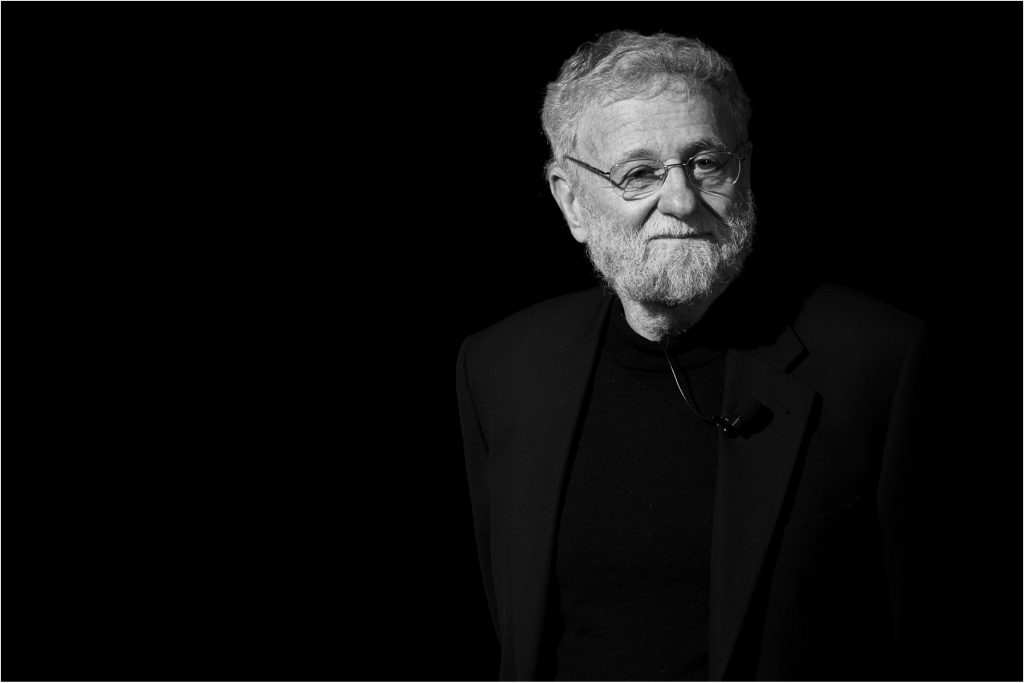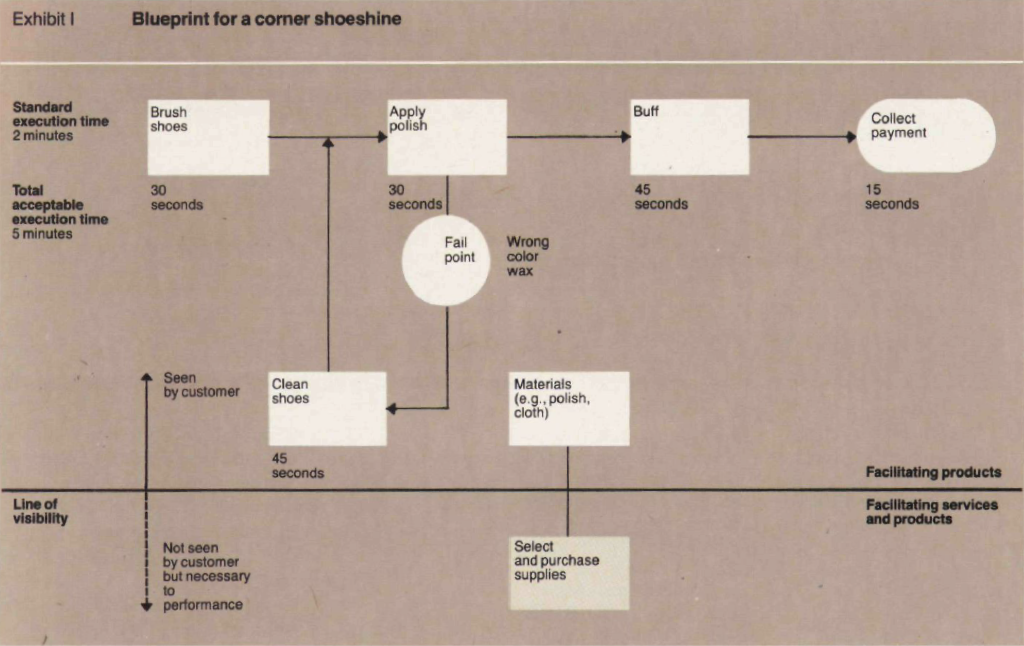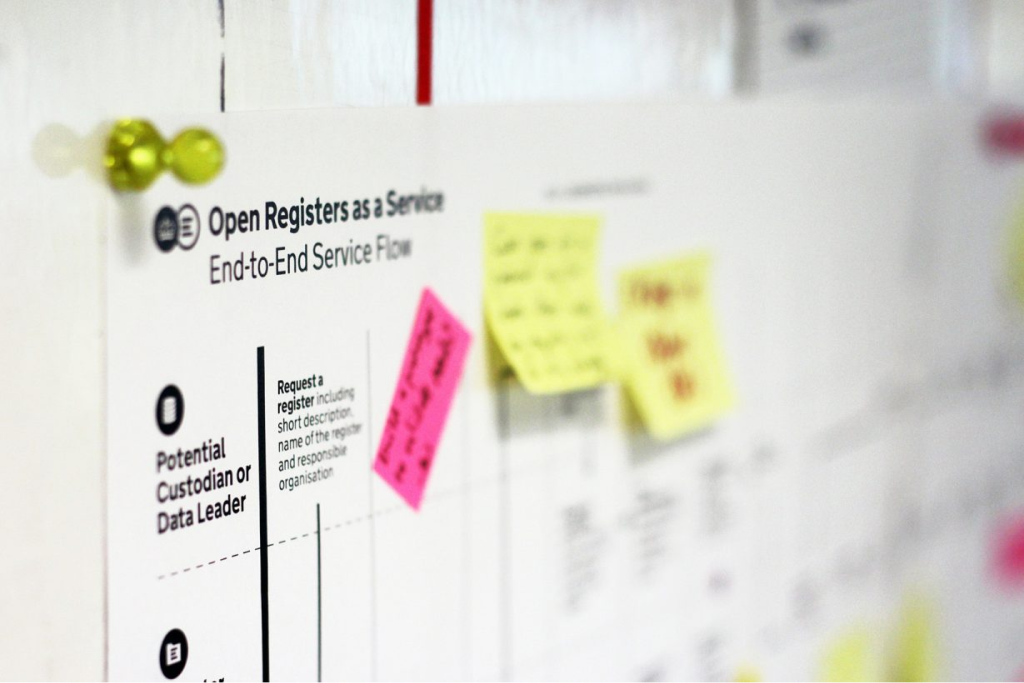User-centred design (UCD) has a history rooted in necessity, innovation, and a commitment to prioritising the needs of people over the demands of technology or aesthetics alone. Its origins may not be the most glamorous tale, but they are essential to understanding how design has evolved to address the complexities of modern life.
The story begins in the mid-20th century when designers and engineers were forced to confront the reality that systems, however brilliant, were often inaccessible or outright confusing to the people meant to use them. The field of ergonomics emerged as a response, focusing on making tools and systems more intuitive. This was not merely a matter of convenience; in areas like aviation, it was a matter of safety. These early efforts laid the groundwork for a more holistic approach to design, one that would later be termed “user-centred.”

Don Norman Featured image by UXLx (CC BY-NC 2.0)
As technology advanced in the 1960s and 1970s, the growing field of human-computer interaction (HCI) brought UCD principles into sharper focus. Designers and researchers began asking not just whether something worked but whether it worked well for the user. Influential thinkers like Don Norman introduced concepts that today feel obvious but were revolutionary at the time: the importance of intuitive design, clear feedback, and reducing cognitive load.
While UCD was finding its feet, service design began emerging in parallel, albeit from a different angle. The 1980s marked a pivotal moment when businesses started to recognise that delivering a product wasn’t enough; the experience surrounding it mattered just as much. G. Lynn Shostack’s introduction of service blueprints formalised the process of mapping out every interaction between a customer and a service provider. This approach opened up new possibilities for crafting experiences that felt seamless and deliberate rather than haphazard.

Exhibit 1 from “Designing services that deliver”, G. Lynn Shostack, Harvard Business Review, 1964
The digital age of the 1990s transformed both UCD and service design. Suddenly, the stakes were higher: websites and digital services became central to how people interacted with businesses, governments, and each other. Tools like personas, customer journey maps, and user testing moved into the mainstream, helping designers better understand and cater to the diverse needs of users. This was the era when “delight” became a design goal, and user needs finally gained a seat at the decision-making table.
Today, UCD and service design have reached new levels of sophistication. Data analytics, artificial intelligence, and machine learning enable designers to anticipate needs and create personalised experiences in ways previously unimaginable. The scope of these practices has also expanded; inclusivity and accessibility are now non-negotiable, reflecting a growing understanding that good design must serve everyone, not just the average user.
The public sector, once slower to adopt such methods, is now leading the charge in some respects. Governments are applying UCD principles to create citizen-centred services, recognising that well-designed systems can improve lives on a significant scale. These efforts highlight the importance of ethical design, particularly in ensuring privacy, transparency, and inclusivity.
In reflecting on the evolution of UCD and service design, one thing becomes clear: their histories are not just about making systems easier to use but about fostering a deeper connection between people and the services they rely on. As we move forward, the challenge will be to maintain this user-first mindset in the face of rapid technological change.

Post-it notes showing end to end service flow, Government Digital Services (GDS), 2016
Design, at its core, remains a conversation—a continuous exchange between people and the systems they navigate. The history of UCD and service design reminds us that this dialogue is not only necessary but transformative, shaping the way we live, work, and connect with one another.
Resources
“The Design of Everyday Things” by Don Norman
A seminal work that explores the principles of user-centred design, making the case for intuitive and accessible design in everyday life.
“Service Design: From Insight to Implementation” by Andy Polaine, Lavrans Løvlie, and Ben Reason
This practical guide provides tools and strategies to design services that truly meet user needs.
“This is Service Design Thinking” by Marc Stickdorn and Jakob Schneider
An accessible introduction to service design, featuring methods, tools, and case studies from the field.
“The Elements of User Experience” by Jesse James Garrett
A comprehensive guide to the five layers of UX design, bridging the gap between user needs and business goals.
“Thinking in Systems: A Primer” by Donella Meadows
Though not exclusively about UCD, this book is invaluable for understanding systems thinking, a critical component of service design.

0 Comments